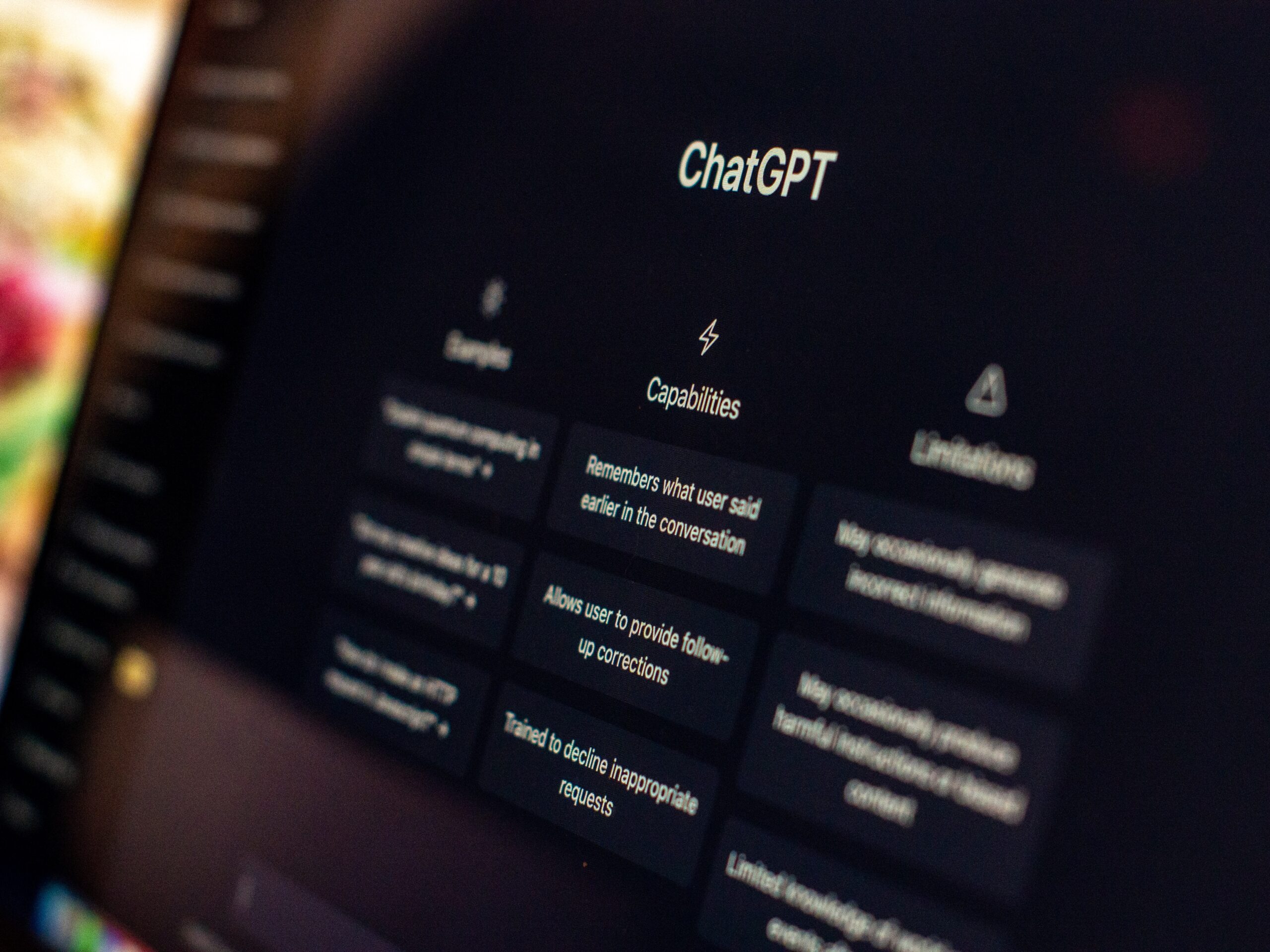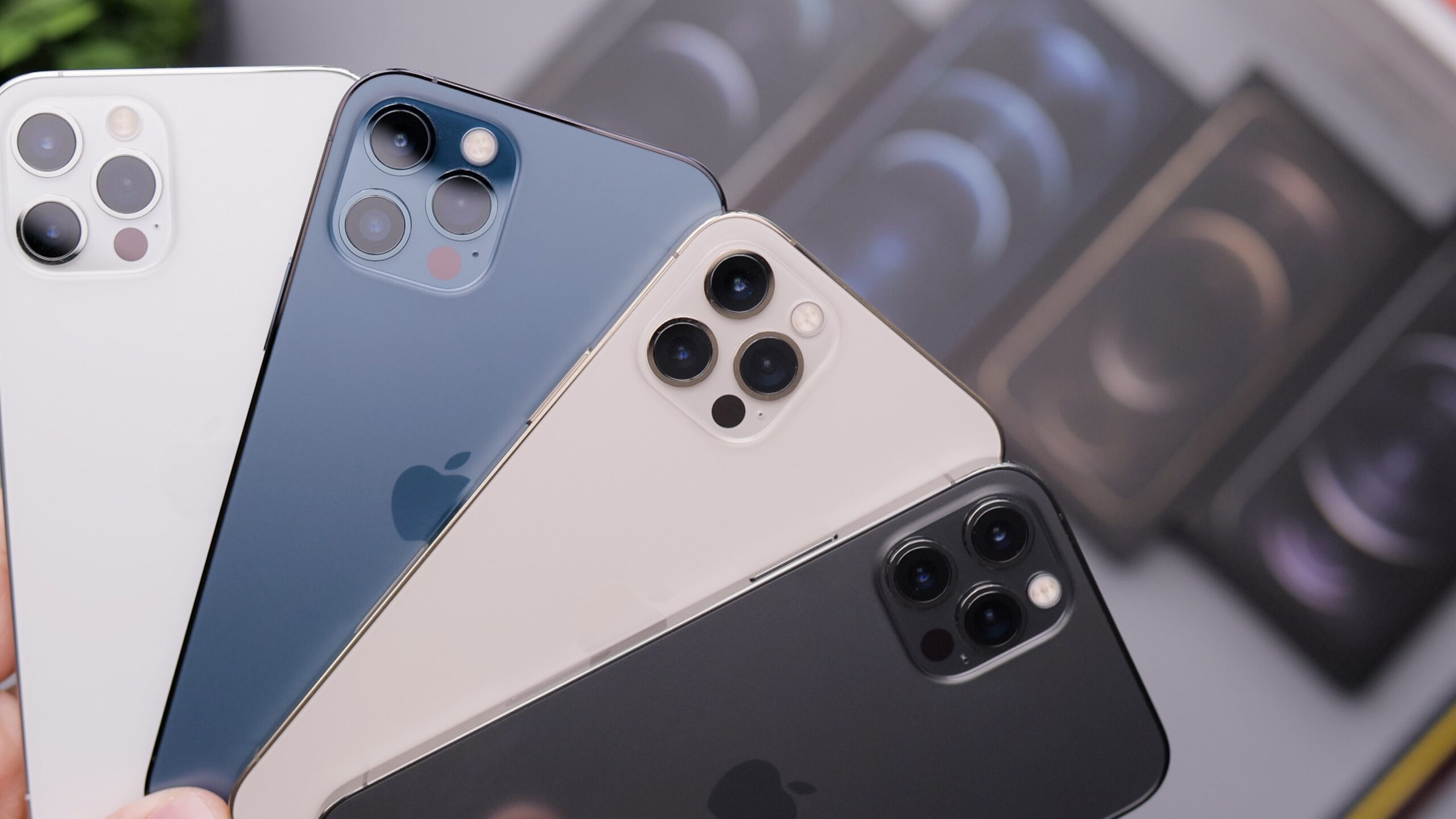ChatGPT has taken the business world by storm. There are predictions that artificial intelligence (AI) will transform some industries and eliminate others. Companies are pursuing AI-driven technologies and algorithms to automate processes, increase efficiency and reduce costs. But many are concerned those cost reductions will manifest as layoffs. So how do you AI-proof your brand?
We’ve all been using AI for years. If you’ve used Grammarly to check your writing, had a conversation with a chatbot, opened your phone with face recognition, asked Siri or Alexa a question, or simply done a Google search, you’ve used AI.
But ChatGPT and its related tools feel different. Not only for creators but also for entrepreneurs who have worked hard to develop their online presence. In an episode of The Prosper Project, I interviewed Thomas Helfrich who has been using technologies like ChaptGPT for quite some time in his marketing agency, InstantlyRelevant.com. Thomas maintains that AI can only enhance and speed up what we do as marketers and entrepreneurs but not replace it.
But since that conversation, I’ve been wondering…Is this new technology a gift or a curse? The answer depends on who you ask. Technology has long been a double-edged sword for businesses. Look at social media, for example. On one hand, social media presents an opportunity to build large audiences and acquire clients without meeting in person. That was a gift to many course creators who saw their sales skyrocket in 2020 during the pandemic. On the other hand, social media algorithms are unable to be cracked — only about 10% of your followers see your posts. So, without investing in ads, you’re facing an uphill battle.
The answer depends on who you ask. Technology has long been a double-edged sword for businesses. Look at social media, for example. On one hand, social media presents an opportunity to build large audiences and acquire clients without meeting in person. That was a gift to many course creators who saw their sales skyrocket in 2020 during the pandemic. On the other hand, social media algorithms are unable to be cracked — only about 10% of your followers see your posts. So, without investing in ads, you’re facing an uphill battle.
Equally paradoxical is ChatGPT. It’s great for ideas. It offers us not only a powerful search engine for information but the ability to turn that information into reports, essays, blogs and social media posts. And that feels a bit threatening to entrepreneurs. But here’s the good thing about that paradox. What open-source AI writes is gathered, sifted and regurgitated from other sources. There’s nothing original about it. In fact, AI-generated content can be incorrect and even biased! So, while AI can certainly provide benefits, it’s important to recognize there is something more powerful in driving the success of your business — your brand position.
Your company’s brand is like you: unique. No AI can replace the unique blend of the experiences, perceptions and convictions that make you you. No AI can replace what real people say about your business. And no AI can replace the impact you’re making on the world. Your brand is the summation of all those things which is why you should double down on your brand position this year.
Your brand position is the unique place that your brand occupies in the minds of your public. It blends your brand purpose, values, messaging, visuals, personality and presence. It’s what differentiates you from your competitors. A strong brand position is your company’s competitive advantage. When done right, it may be copied but it cannot be replicated.
So, let’s talk about five strategies to AI-proof your brand.
1. Tell Stories
People love stories. They learn faster, remember better and connect emotionally when told a story. If you’re a small business owner, talk about why you started your company. For businesses of any size, share stories about your organization, your clients or your customers. Tell behind-the-scenes stories. And definitely share stories about the impact your business makes. Outdoor brand REI is a great example. Each year, REI returns about 70% of its profits back to the outdoor community, supporting employee retirement, helping fund trail work, returning dividends to members and supporting nonprofits that aim to get people outside. They also invite their customers to share their stories and their love of the outdoors. 2. Create Emotional Connection
2. Create Emotional Connection
It’s well-known that humans are more likely to make decisions based on emotion than rational thinking, even when we think we’re being rational. Brands that create emotional connections with their prospects are not only more likely to win the customer but to win them over and over again. Let’s look at Subaru. Subaru owners are some of the most loyal customers on the planet. They write love letters to the company. They tell others about how great Subaru cars are and how safe they make them feel.
3. Have a Bold Point of View
If you want to rise above the noise in your market, have a bold point of view. To authentically achieve this, make a list of what you think is wrong about a specific philosophy or methodology in your industry. Write down all the reasons you think it’s wrong. Then think about what you believe. Make a case for why your beliefs are right. Make it as specific as possible. Make it so compelling that you’d be willing and able to defend it in a debate. That’s when you know you have something special. Bold brands innovate while still remaining true to their purpose.
4. Create a Unique Selling Proposition
A unique selling proposition is defined as any aspect of a product or service that differentiates it from the competition. It should build on your bold point of view. You see a problem or a gap in your market so you create a solution to fix it. When I think of brands that have done this best, Apple is the first that comes to mind. Apple created a demand for its iPhone with a bold point of view and a unique selling proposition. As a result, millions of us lined up to buy a product that no one knew they needed. What is a better way to offer your market your solution? 5. Build Brand Visibility
5. Build Brand Visibility
There are a number of ways to grow your brand and business visibility. I like the PESO model which stands for paid, earned, shared and owned media.
Let’s work backward and start with “owned” media (aka the content you own). Begin with your website. Are you telling stories on your site? Are you using emotion to convey concepts? Are you sharing your bold point of view and unique solution? Everything else builds from here. Other forms of owned media include case studies, podcasts, emails and newsletters.
Now look at “shared” media. Are you on social media? Contrary to what most social media experts say, you do not need to be on every social media platform. Choose a primary channel based on where your prospects are and then add a secondary channel once the first is going strong.
Next is “earned” media. This includes anything in the public relations and publicity realms: media interviews, being interviewed for print or digital media like radio or television, and customer reviews. Earned media is SPECIAL because someone else is showing they believe in you enough to feature you. When you get earned media, you borrow someone else’s authority. It’s essentially a transfer of trust which is a big deal.
Finally, there’s “paid” media. Online, paid media can include digital advertising (e.g., social media ads) and influencer marketing, but there are also more traditional offline outlets like billboards, print ads, TV ads, sponsorships and direct mail.
Using a PESO model allows you to create a strategic framework that will help your organization reach its goals.
AI isn’t going to replace brands because it’s an imitator, not an originator. You are the original, so double down on that.
– Lorraine Schuchart

LEAVE A COMMENT
Comments